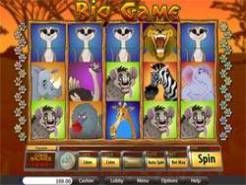Basic Blackjack Etiquette
Every pastime has its own rules of etiquette, and blackjack and other casino games are certainly no exception. Many would-be blackjack players are intimidated by the non-stop action of the blackjack table, and fearful of making an embarrassing mistake.
This article focuses on some basic rules of blackjack etiquette. The cards will be dealt by the dealer, and the rules for who can touch the cards will vary. In some casinos, the cards are all dealt face up, and only the dealer may touch the cards. In other casinos, the cards will be dealt face down, and the players may examine the cards.
If the players can examine the cards, however, they must never leave the sight of the dealer. After the cards have all been dealt, the dealer will act on each hand. The dealer will point to each player when it is their turn to act.
Hit - If you want another card, this is indicated by scratching the table with your hand. The hand signal must be given, since the security cameras must be able to record the game.
Stand If you do not want another card, this is indicated by waving your hand with the palm down. This signal is also an indication that you have decided to stop accepting more cards.
Scratch In games where the players hold their cards, scratching the table with the edge of the cards is the way to indicate you want another card. When you are satisfied with your hand, you should slide the cards under the chips in the betting circle.
If the total of your hand exceeds 21, you lose automatically, and the dealer will remove your cards and your chips. When playing the hand held game, the cards should be turned over right away if the player has gone over 21. At the end of the hand, the totals of the cards will be compared, and the player who is closest to 21 wins.
If the dealer's hand is closer to 21 than yours, you lose. If there is a tie, known as a push, no one wins or loses. If the dealer has not busted, he or she will pay the winners and remove the losers' chips.

